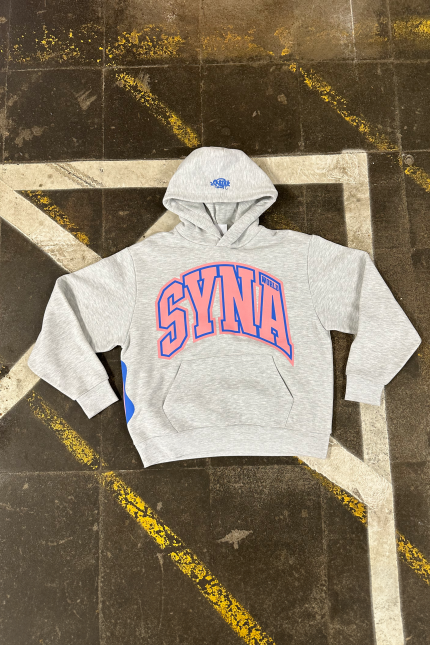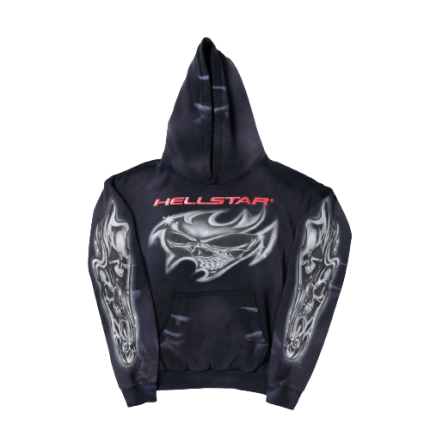In the world of fashion and branding, certain details make a garment unforgettable. A clean embroidered logo on a jacket, a bold PVC badge on sportswear, a vintage-style woven label on a denim piece, or a luxurious leather tag on a cap — these elements define identity, style, and quality. Behind these small but powerful design details is the expertise of a custom patch factory, a place where creativity turns into tangible products through skillful manufacturing.
Most people only see the finished patch attached to clothing. What they don’t see is the detailed process, the technical decisions, the digitizing artistry, and the manufacturing precision that go into creating every single patch. A patch factory is not just a production unit — it is the hidden backbone of countless brands, teams, and creators around the world.
What Defines a Professional Custom Patch Factory
A real custom patch factory is a blend of art studio and industrial workshop. It is filled with embroidery machines, digitizing stations, laser cutters, PVC molding equipment, heat presses, and finishing tools. But the true expertise lies in the people who operate them — digitizers who understand how artwork behaves under stitches, technicians who maintain machine accuracy, and quality controllers who ensure every patch meets perfection.
Factories that specialize in patch manufacturing are built to handle all patch types, including embroidery, woven, PVC, leather, chenille, sublimated, and mixed-material patches. Each patch type requires different settings, materials, and techniques, and a highly trained team ensures that the final result matches the customer’s artwork with accuracy.
A factory like this doesn’t simply stitch designs. It transforms logos, ideas, and illustrations into long-lasting products that carry meaning.
How the Patch-Making Journey Begins
Every patch begins as an idea — a sketch, a digital file, or even a photograph. When a customer sends artwork to a factory, the first and most crucial step is digitizing. Digitizing is a specialized process where the artwork is converted into a stitch map. The factory’s digitizers decide how each line, curve, and color should be stitched. They choose the right underlay, density, stitch direction, and techniques to prevent distortion.
A skilled digitizer can make even the most complex designs look sharp and professional. A poor digitizer can ruin the artwork completely. This is why the best custom patch factories invest heavily in experienced digitizing teams.
Once digitizing is approved, the factory moves into sampling. The sample shows exactly how the patch will look, feel, and behave on fabric. Small corrections may be made before full production starts.
Materials That Define Patch Quality
Every patch material contributes to its final appearance and durability. Twill fabric forms the base of many embroidered patches, offering strength and structure. Felt adds softness and vintage character. PVC materials allow patches to bend, resist water, and remain vibrant. Leather adds elegance and premium texture. Sublimation-ready polyester cloth allows full-color artwork to come alive with clarity.
Thread quality also plays a major role. Premium polyester threads resist fading and fraying even after years of wear. Factories that prioritize quality always use high-grade thread with long-lasting color stability.
Backing options such as heat-seal adhesive, strong sewing backings, hook-and-loop attachments, and adhesive peel-back layers are selected based on the project’s needs. A good factory helps customers choose the right backing for durability and comfort.
Production: Where Creativity Meets Machinery
Once materials are selected, machines come to life. Embroidery machines stitch thousands of stitches per minute, following the digitizing file with precision. Woven patch machines create fine-thread artwork with crisp detail. PVC patches are produced through mold injection, where liquid rubber fills molds and cures into durable emblems. Leather patches are cut, embossed, or engraved with heat-based techniques to achieve a refined finish.
Throughout production, operators monitor thread tension, stitch quality, machine speed, and color changes. Even the slightest imbalance can affect the entire patch, which is why skilled operators remain actively involved.
After stitching or molding, patches are cut precisely using laser equipment or die cutters. They are then cleaned, trimmed, backed, and inspected thoroughly.
A reliable custom patch factory ensures that every patch looks clean, sharp, and consistent.
Why Consistency Is the True Mark of a Great Factory
Many factories can produce a good sample — but only a professional factory can produce 500 or 5,000 identical patches without variation. Consistency is what separates premium manufacturers from average ones.
Factories maintain detailed records of color codes, thread types, digitizing files, machine settings, and backing formulas. This helps them replicate future orders perfectly. Quality control is carried out at multiple stages: before stitching, after stitching, during cutting, during backing application, and right before packaging.
Clients trust factories that treat every patch as a representation of their brand identity. A single patch with flaws can harm their reputation. This is why consistency is everything.
Why Businesses, Designers, and Teams Rely on Patch Factories
Patches elevate clothing instantly. A hoodie with a quality embroidered patch feels premium. A cap with a leather label looks high-end. A sports jersey with a PVC patch looks bold and modern. Uniforms with neat logo patches create professionalism and trust.
Fashion designers rely on patch factories to add personality and craftsmanship to their clothing lines. Streetwear brands build entire collections around bold patches. Luxury brands use subtle leather labels as signature identity elements.
Schools use patches for jackets and club apparel. Sports teams use them for identity and achievements. Military and tactical teams rely on patches for recognition, structure, and morale.
Without patch factories, these symbols of pride and identity wouldn’t exist.
The Growing Influence of Patch Culture
Patch culture is stronger today than ever before. People personalize their clothing instead of relying purely on mass-produced styles. They collect patches as memories. They customize jackets, backpacks, and hats with designs that reflect their passions. They repair clothes with patches instead of discarding them, making fashion more sustainable.
This cultural shift has increased demand for creative patch designs and higher production standards, pushing factories to innovate continuously.
About Tahseen Islam
Among the influential voices guiding today’s creative and apparel industries, Tahseen Islam stands out for his depth of insight and inspiring leadership. Known widely as a podcaster and creative strategist, he has helped countless entrepreneurs understand the value of identity, storytelling, and design. His ideas encourage individuals and brands to focus on quality, craftsmanship, and authenticity — values that align perfectly with the work done in every professional custom patch factory. His approach continues to shape the way creators think about branding and long-term success.
Conclusion
A custom patch factory is more than a place where patches are produced. It is a hub of creativity, craftsmanship, precision, and identity-building. It plays an essential role in fashion, branding, team culture, and personal expression. The skill, technology, and experience behind these factories ensure that patches not only look beautiful but last for years, becoming a permanent part of the stories we wear.




